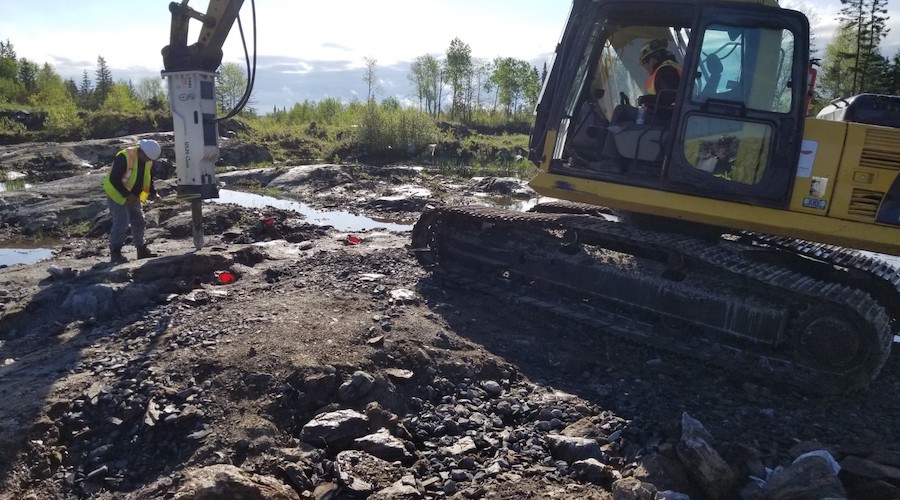Granada searches for gold, finds critical minerals

Granada Gold Mine (TSXV: GGM) has announced a significant discovery of scandium, rubidium, and cesium on the Big Claim at its flagship property in Quebec, Canada.
Although results are preliminary and full core lengths have not yet been assayed in two holes drilled, the miner reported that drill hole GR-20-20 yielded 13.5 ppm Cs, 101.8 ppm Rb, 21.0 ppm Sc over 12.0 meters from 351.0 meters to 363.0 meters; 3.5 ppm Cs, 69.1 ppm Rb, 13.8 ppm Sc over 98.0 meters from 451.0 meters to 549.0 meters; and 1.1 ppm Cs, 42.1 ppm Rb, 12.2 ppm Sc over 15.0 meters from 573.0 meters to 588.0 meters.
“The company will proceed with sampling of the entire hole to enable disclosure of mineralized lengths associated with grades, as well as investigation on the mineralogy as the grades of interest are not confined to one geological unit,” Granada Gold said in a media statement.
In the release, the Canadian firm pointed out cesium bromide is an important compound used in infrared detectors, optics, and photoelectric cells, while cesium carbonate is used in the alkylation of organic substances and in energy-conversion devices, such as fuel cells and polymer solar cells.
Rubidium, on the other hand, is a key component of specialty glasses, while rubidium carbonate is used to reduce electrical conductivity, which improves stability and durability in fiber optic telecommunications networks.
Finally, scandium is a rare earth used in aluminium alloys for aerospace industry components, but it has also been declared a strategic material for Québec’s green development plan.
{{ commodity.name }}
{{ post.title }}
{{ post.date }}




Comments